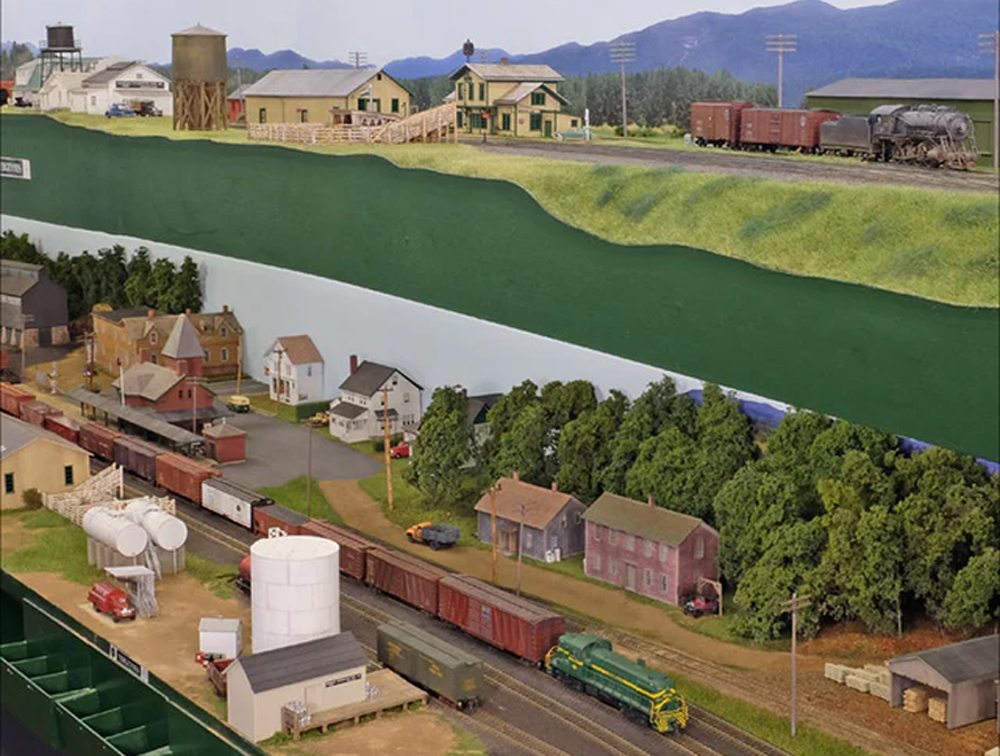
Model railroading is a rewarding hobby, but it can sometimes be challenging to find space for a full-sized layout. Fortunately, with careful planning and a few creative design choices, you can create a model train layout that fits into a smaller area. Here’s a guide to help you get started building a compact model train […]
Read More…
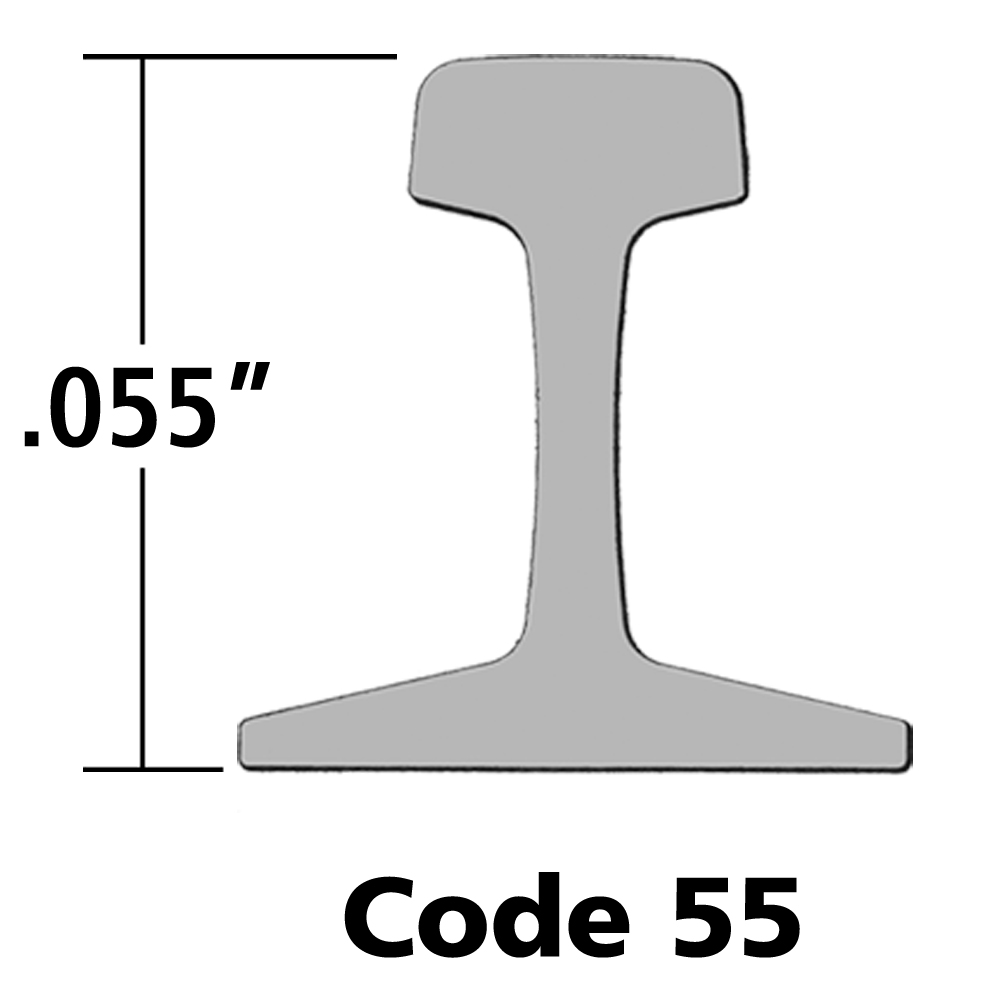
Q: I will be starting my first model railroad soon, a small N scale layout. I want to use code 55 track, but I’ve read mixed reviews about it. Do you have any suggestions, or should I stick with code 80 track? — Damien Bouchey A: When shopping for N scale track, you’ll see it […]
Read More…
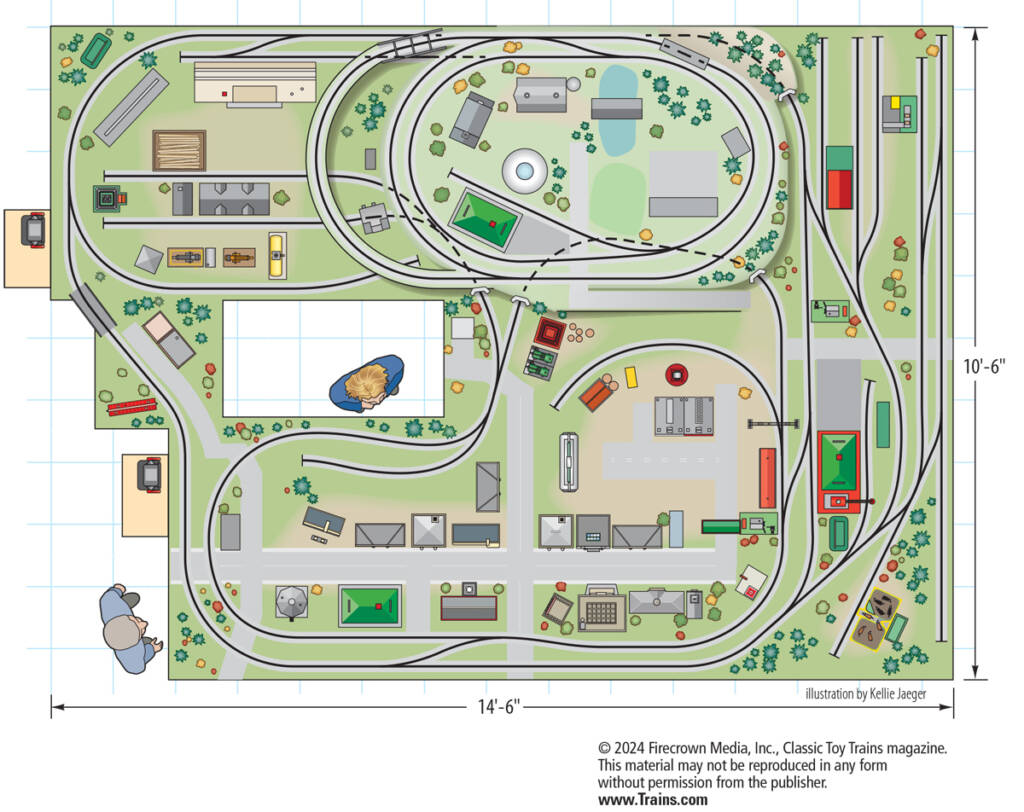
Name: Rocky and Suzanne McAlister’s S gauge layoutDimensions: 10½ x 14½-footTrack: GarGraves, Gilbert American Flyer (maximum diameter 42 inches)Switches: Gilbert American FlyerMotive power: American Models, Gilbert American Flyer, Lionel American Flyer, S-Helper ServiceRolling stock: American Models, Gilbert American Flyer, Lionel American Flyer, MTH Electric Trains, S-Helper ServiceControls: Gilbert American Flyer, Model Rectifier Corp. transformersAccessories: Gilbert […]
Read More…
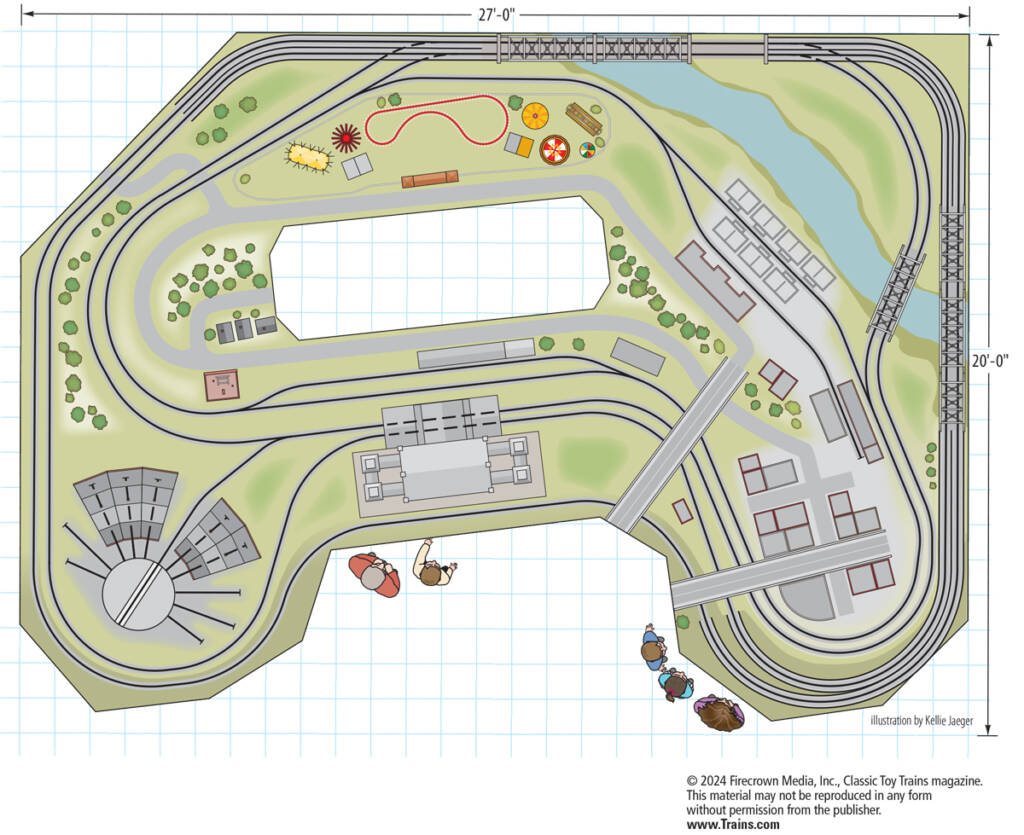
Name: Union Station Kansas City Model Railroad DisplayGauge: ODimensions: 20 x 27 feetTrack: GarGraves (maximum diameter is 84 inches)Turnouts: Ross Custom Switches Motive power and rolling stock: Atlas O, Lionel, MTH, 3rd RailControls: Lionel CW-80 transformers (13)Accessories: Coaster Dynamics, Department 56, LionelStructures: Atlas O, Lionel, MTH, scratchbuiltVehicles: Eligor, Ertl, Matchbox, SolidoFigures: Arttista, Preiser, Woodland Scenics […]
Read More…
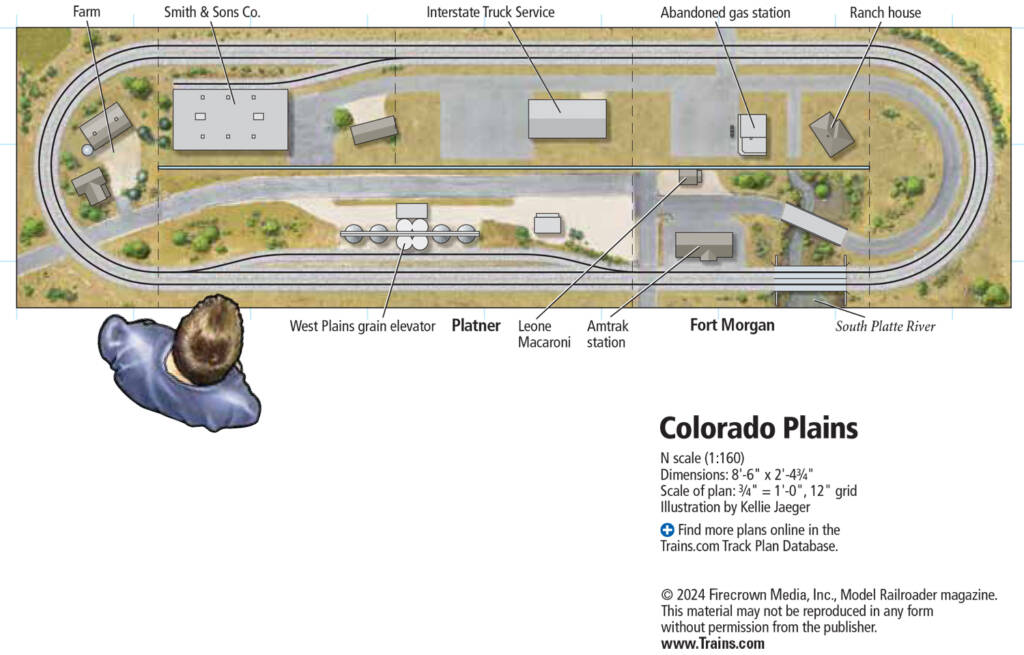
Facts and features Name: Colorado PlainsScale: N (1:160)Size: 2′-43∕4″ x 8′-6″Prototype: BNSFLocale: Eastern ColoradoEra: ModernStyle: T-Trak modularMainline run: 182∕3 feetMinimum radius: 11″Minimum turnout: no. 4Maximum grade: noneBenchwork: Modular laser-cut kitsHeight: 23∕4″ Roadbed: noneTrack: Kato UnitrackScenery: SculptamoldBackdrop: Painted medium-density fibreboardControl: NCE DCC Click the link to download a PDF of the track plan! Buy the January […]
Read More…
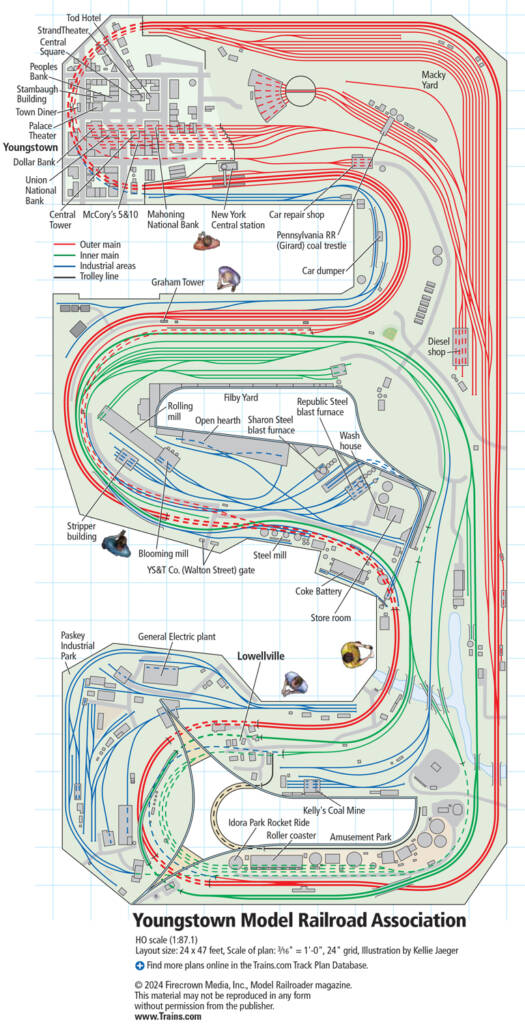
Facts and features Name: Youngstown Model Railroad AssociationScale: HO (1:87.1)Size: 24 x 47 feetPrototype: freelanceLocale: northeast OhioEra: 1950 to presentMainline run: 200 feet (double-track outer main), 125 feet (single-track inner main)Minimum radius: 30″ (main), 22″ (industrial areas)Minimum turnout: No. 8 (main), No. 6 (yards), No. 4 (industrial park/steel mill)Maximum grade: 2%Benchwork: L-girderHeight: 43″ to 60″Roadbed: […]
Read More…
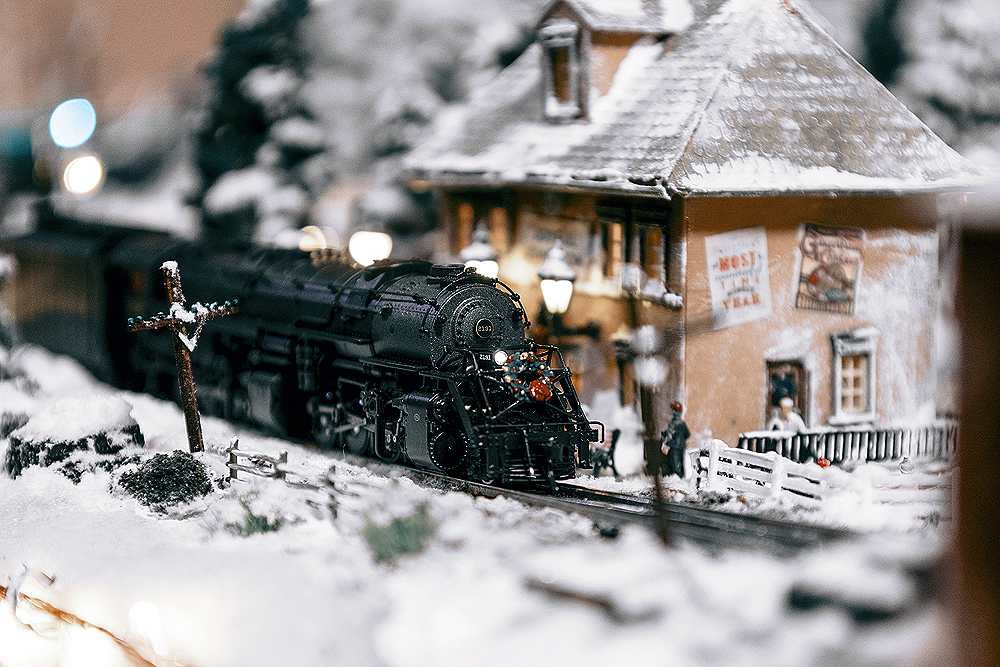
A Christmas train adds to the Christmas spirit It’s not often that you hear words like “locomotive” or “uncoupled” in a 3-year-old’s vocabulary, but that’s exactly where my wife and I found ourselves Christmas morning in 2022. Our son Micah had always had a fascination with all trains, so much that we often joked that […]
Read More…
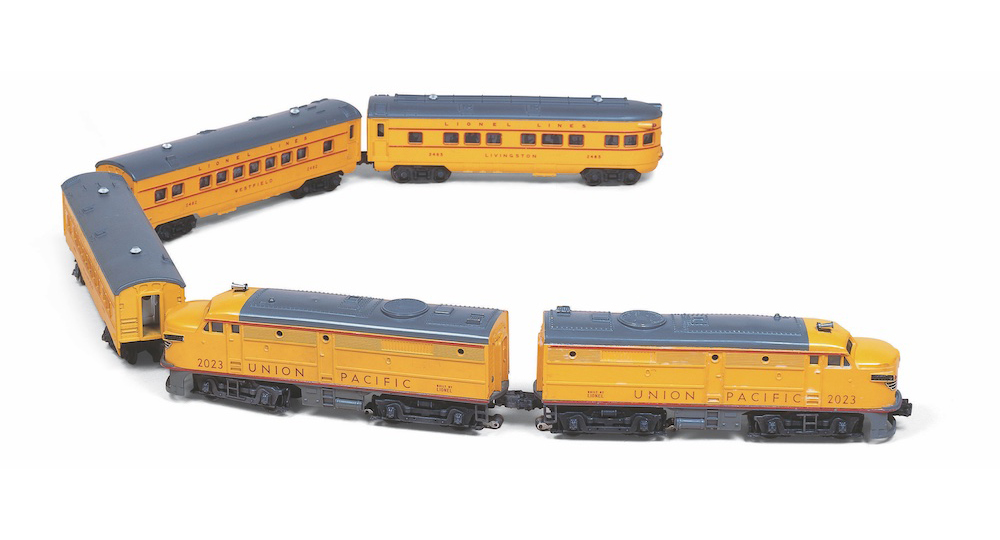
10 more helpful tips for your layout Smooth and steady steaming It’s not surprising that postwar Lionel steam locomotives are extremely underpowered. They’re single-motor locomotives that must tow a heavy tender, so you’ll seldom get them to pull more than a dozen freight cars. Keep the wheel axles, side rods, and smoke-unit mechanism properly lubricated, […]
Read More…
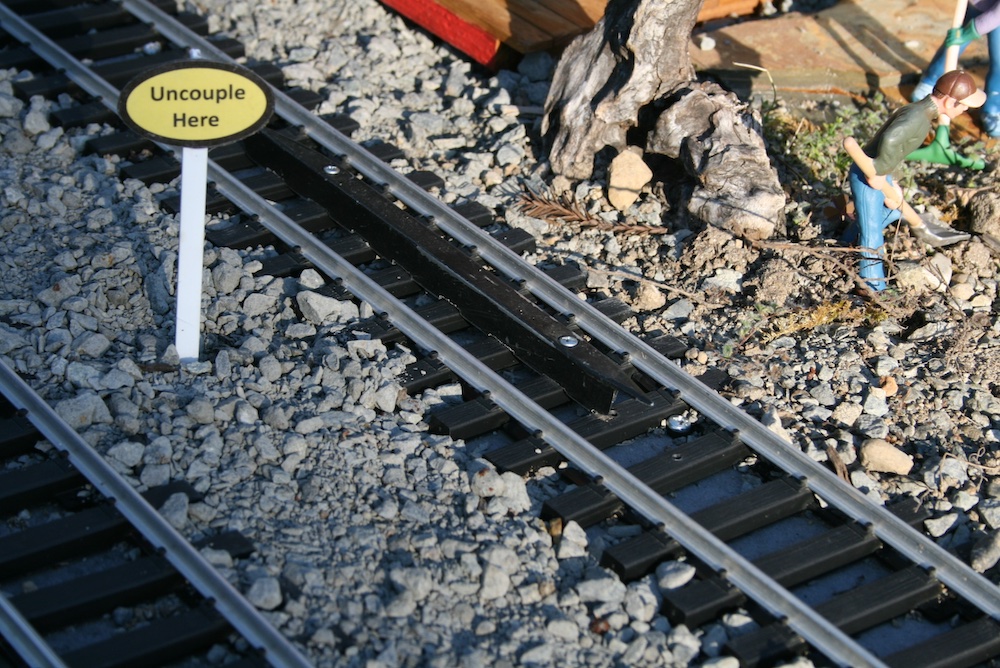
I wanted a reliable uncoupling method for my G-scale body mount Kadee couplers, with no moving parts or power requirements. I initially tried Kadee’s magnetic uncoupling system but found it wasn’t a perfect setup. It required the couplers be stopped precisely over the short magnet, and side-to-side movement of the cars due to slop in […]
Read More…
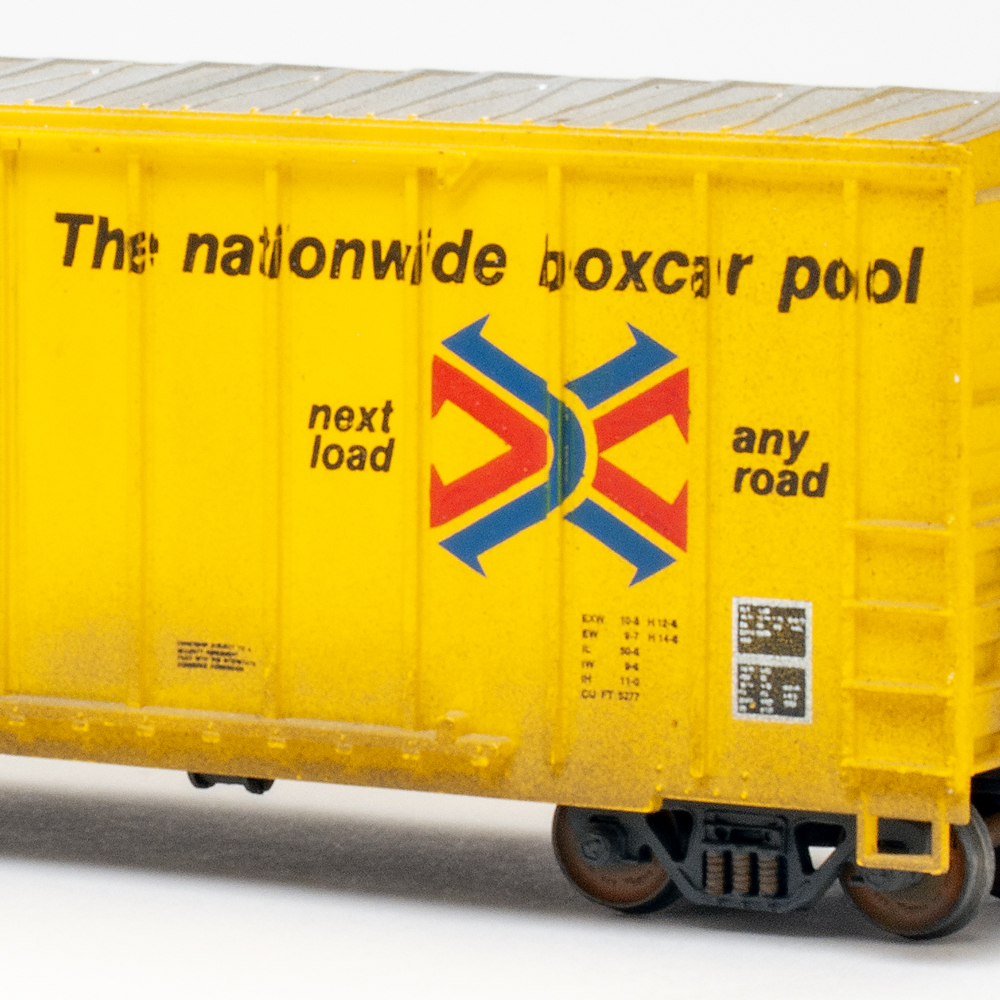
In October, Editor Eric White, Associate Editor Bryson Sleppy, and I attended the Railroad Prototype Modelers Conference at the Northern Illinois University campus in Naperville, Ill. We enjoyed a day of visiting with contributors, looking at layouts and models, and talking with manufacturers in the vendor room. In addition, we split up and attended as […]
Read More…
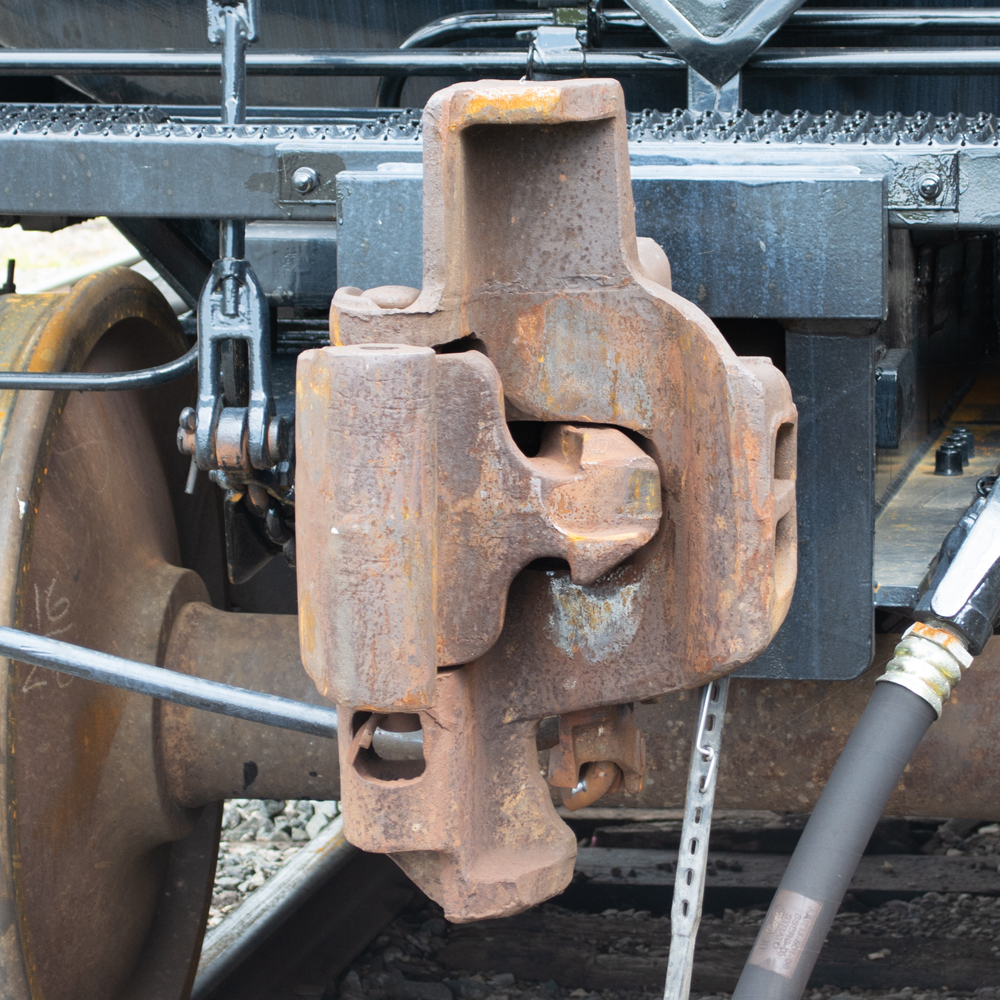
Q: I would like to know where to buy double-shelf couplers for HO scale tank cars. — Joseph Kuepfer A: Before we look at what’s available in HO scale, let’s back up a step and learn what double-shelf couplers are. In his article “HO knuckle coupler guide” from the November 2007 Model Railroader, former Senior […]
Read More…

Easily add weight to flatcar I have a basic flatcar that was giving me problems. The trouble with flatcars is they don’t weigh that much and derail easier than other cars. One solution is to install metal wheels, but I didn’t want the expense plus by leaving the car outdoors I was worried about rust. […]
Read More…












